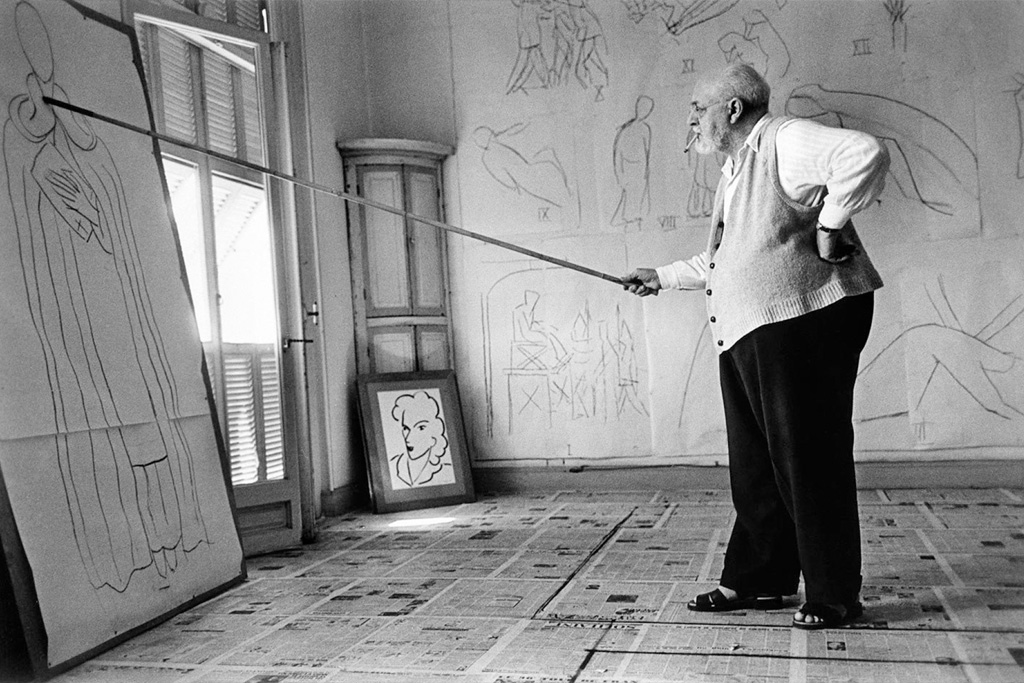L
a joie de vivre and artistic innovation, there are few bodies of work to rival that of Henri Matisse. His painting, printmaking, sculpture and cut-outs sit alongside the achievement of Pablo Picasso as one of the defining visions in 20th-century art.
Matisse was born into the bourgeoisie of northern France near the border with Belgium in 1869. He trained as a lawyer in Paris and worked as a clerk before turning to painting while convalescing from appendicitis in 1889. He joined the studio of the Symbolist painter Gustave Moreau in 1892, before studying under Moreau at the École des Beaux Arts. Moreau’s dictum, ‘you must think through colour’, would have a lasting impact on Matisse.
Beginning with his and André Derain’s development of Fauvism in the early 1900s, colour would remain the central tenet of Matisse’s work. He produced the Fauvist masterpiece, Le Bonheur de Vivre, between 1905 and 1906, but by 1907 Fauvism was being superseded by Picasso and Braque’s Cubism. Matisse rejected Cubism and instead developed his own unique decorative approach. This resulted in some of the 20th century’s most beautiful colourist artworks, including Harmony in Red (1908), Dance I (1909) and Red Studio (1911).
For Matisse, art fulfilled a profoundly positive role in society — a spiritual shelter from the realities of the world. His exploration of colour was a part of this ideology. ‘What I dream of,’ he wrote, ‘is an art of balance, of purity and serenity devoid of troubling or depressing subject matter.’
By the 1920s, the key aesthetic elements of Matisse’s art had been founded: highly patterned interiors peopled with odalisques or still lifes. These can be found in works such as Interior, Flowers and Parakeets (1924), and Odalisque couchée aux magnolias (1923), which achieved a record price for a work by the artist when it sold at Christie’s in 2018 for $80.8 million. He would return to a looser decorative aesthetic by the 1930s, producing pieces such as L’Odalisque, Harmonie Bleue (1937).
In 1941 illness began to restrict Matisse physically and he turned to drawing and paper cutting. Towards the end of his life he created some of his finest works, including the iconic Blue Nude (1952), The Snail collage (1952–53) and his murals and stained-glass for the Vence Chapel in the south of France (1948–51). Matisse died in 1954 in Nice.

